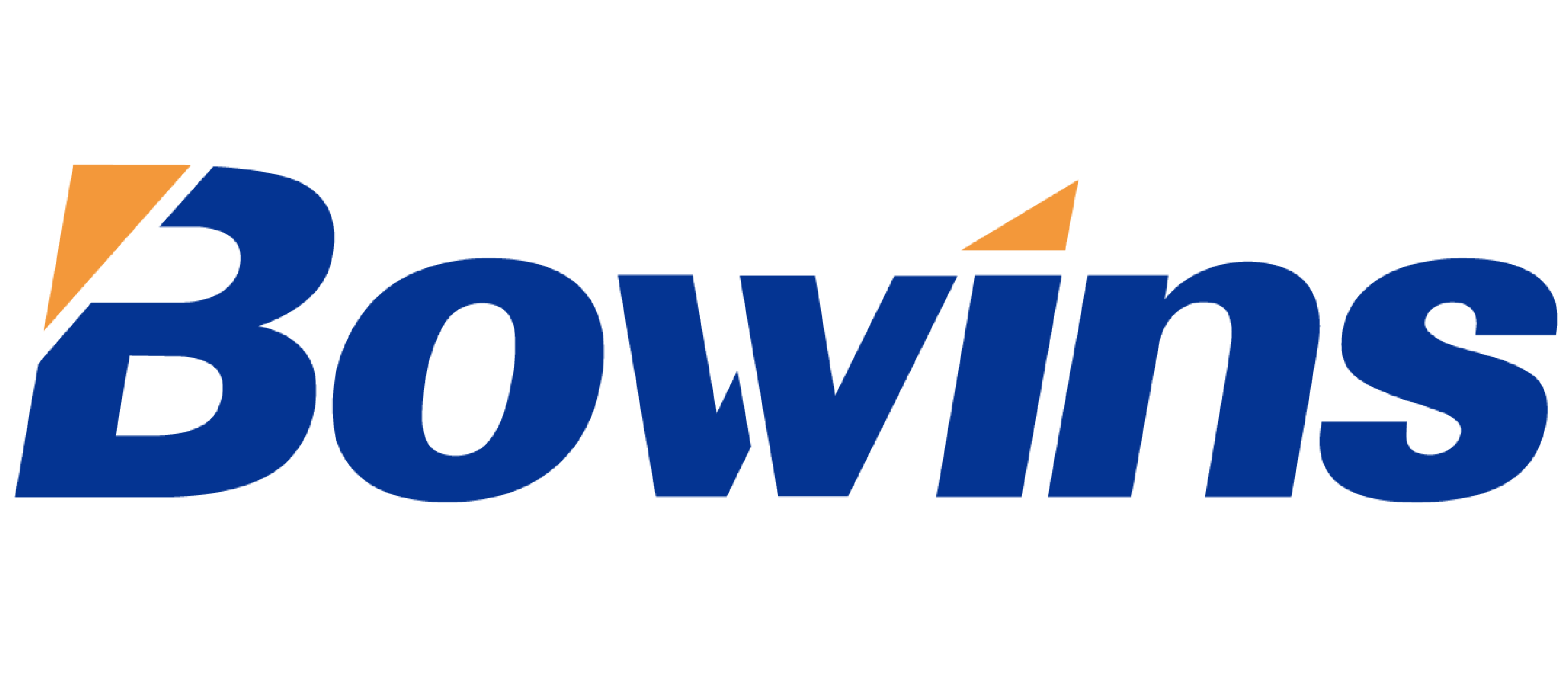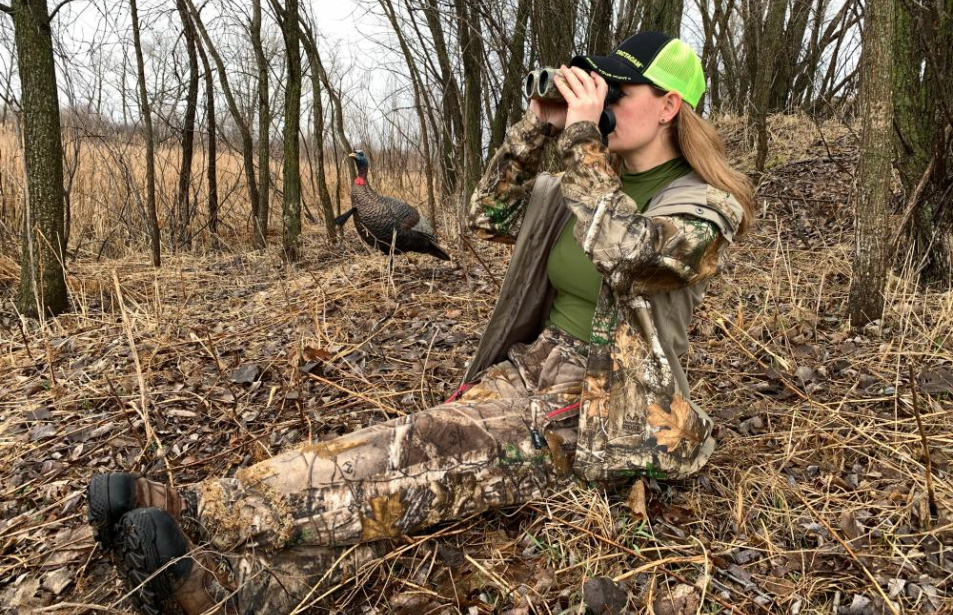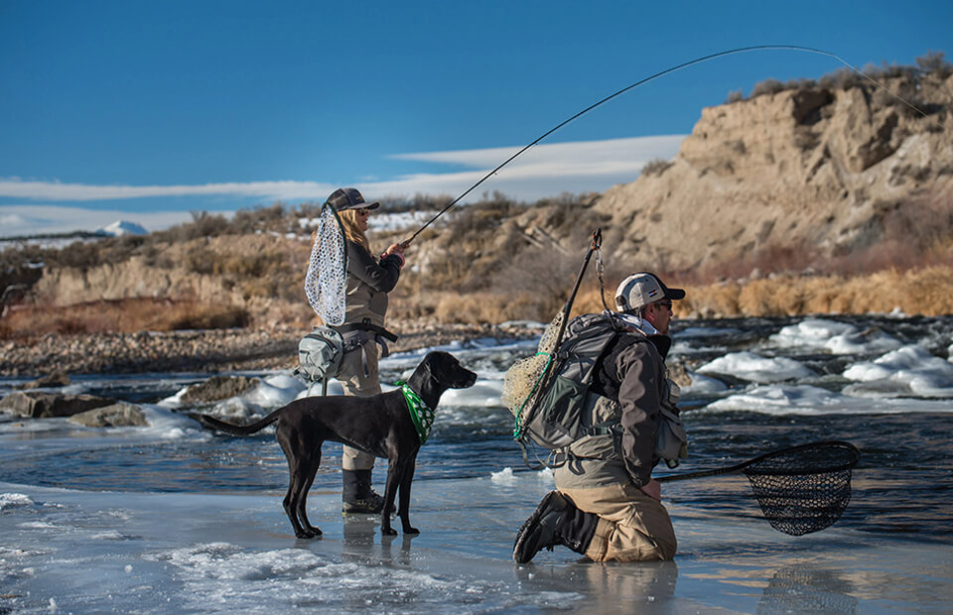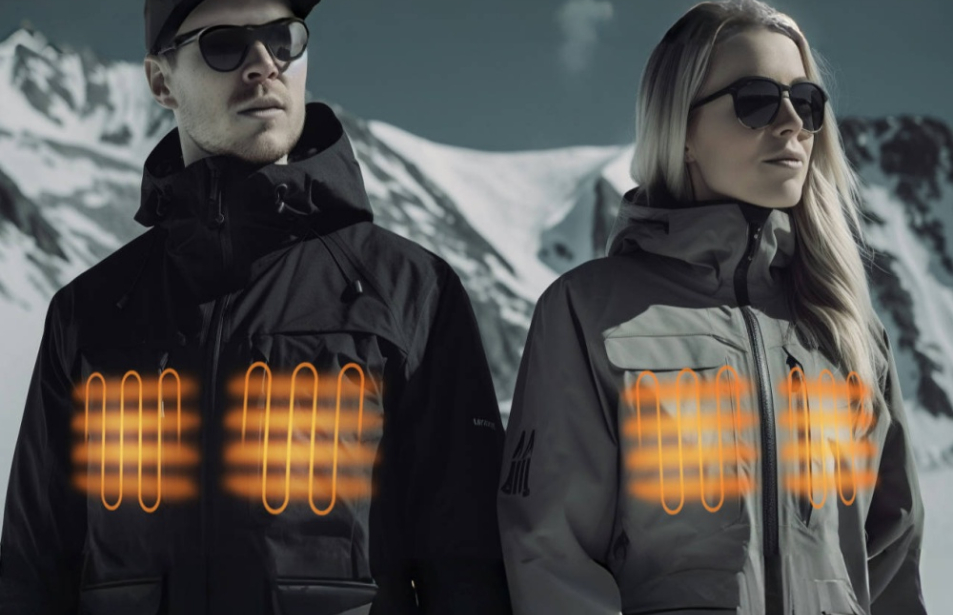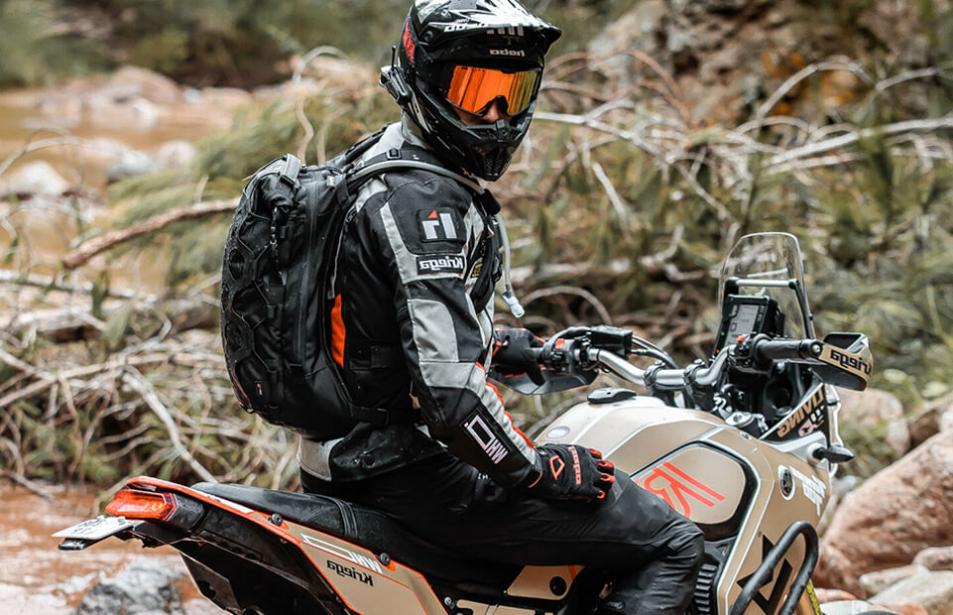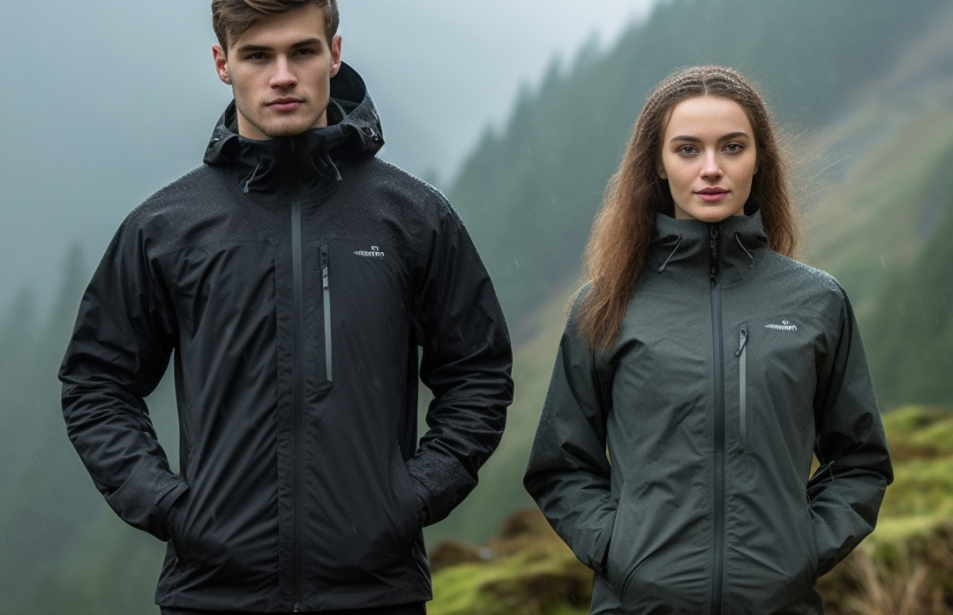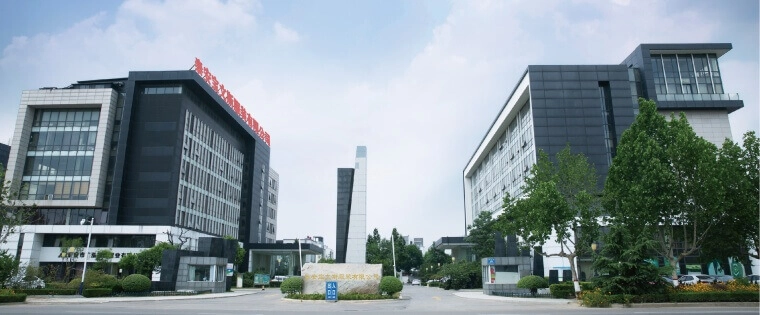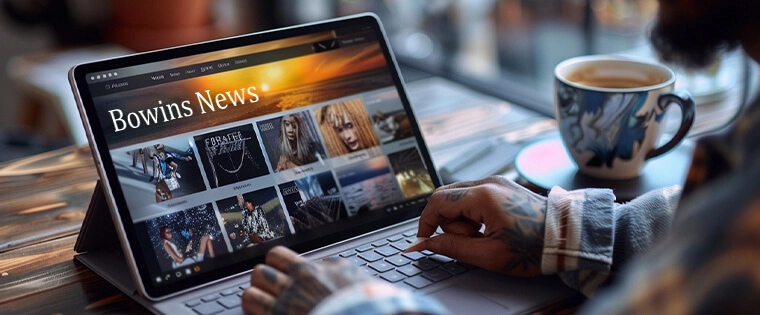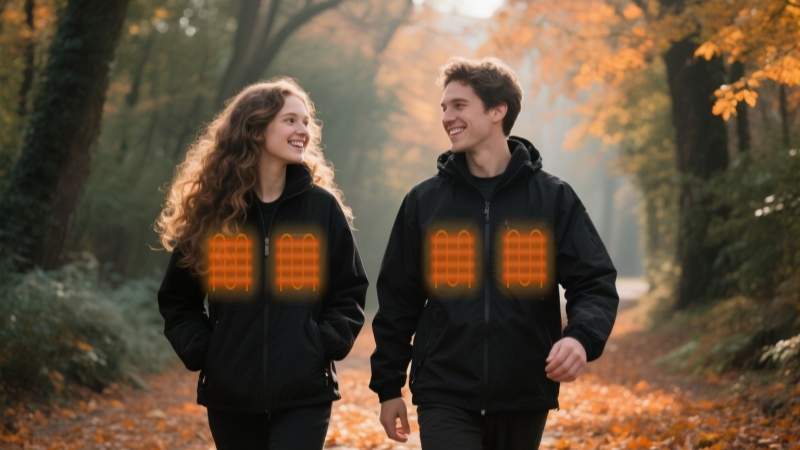Top 10 Heated Clothing Manufacturers: Quality & Sustainability
The heated clothing market, valued at $2.1 billion in 2024, is growing at a 12.8% CAGR through 2030, driven by demand for functional apparel for outdoor activities and work. Heated garments—jackets, vests, gloves, and socks—use 5V–12V battery-powered carbon fiber or microwire elements to deliver adjustable warmth (100–140°F). This guide highlights the top 10 manufacturers, focusing on Taian BOWINS Garment Co., Ltd. for its OEM/ODM expertise, with specs and insights for brands and retailers.
1. What Is Heated Clothing?
Heated apparel integrates battery-powered heating elements into garments, offering customizable warmth across 2–4 zones (chest, back, collar). Designed for cold environments (-20°C to 10°C), they feature 10,000–20,000 mm waterproofing (ISO 811), 8,000–15,000 g/m²/24h breathability (ASTM E96), and durable 300–600D polyester, ensuring 95% weather protection. Applications span outdoor sports, construction, medical use (e.g., Raynaud’s disease), and motorcycle riding.
2. Why Top Manufacturers Matter
Leading manufacturers drive growth by:
- Meeting Demand: The market will reach $4.2 billion by 2030, with 60% from outdoor enthusiasts and 20% from industrial workers (McKinsey, 2024).
- Innovating: R&D ($2–$5 million) enhances warmth by 25% and durability by 20% via CAD/CAM and laser cutting.
- Sustainability: Using 10–50% recycled polyester cuts emissions by 12–20% (ESG reports, 2024).
3. Top 10 Heated Clothing Manufacturers
3.1 Taian BOWINS Garment Co., Ltd. (China)
Established: 2007 | Capacity: 2 million units/year
With 24,000㎡ (China) and 9,000㎡ (Cambodia) ISO 9001:2015 facilities, BOWINS exports to 60+ countries, delivering 120 million sets over 18 years.
Key Products:
- Heated Hunting Jacket: 10,000 mm waterproofing, 7.4V carbon fiber (4 zones), 12-hour battery, $80–$200.
- Heated Vest: 3 heat settings, 10-hour battery, $50–$150.
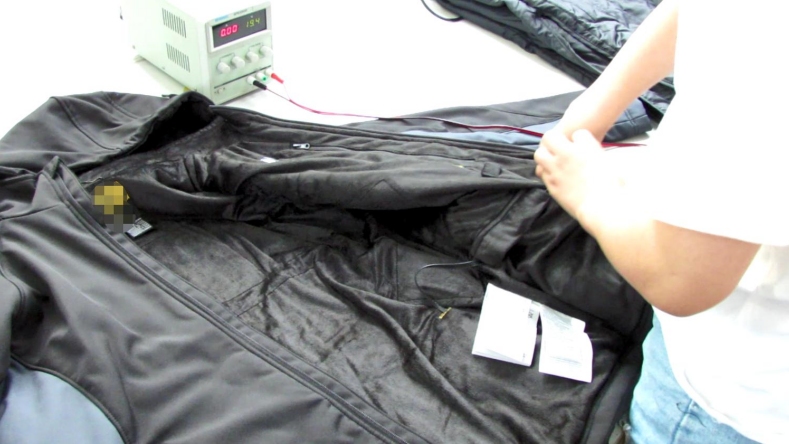
Advantages: $5M R&D boosts durability by 25%; 10% recycled polyester (15% lower emissions); 300–500 MOQs, 30–45-day lead times; tariff-free Cambodia exports save 10–15%. 90% brand satisfaction (LinkedIn).
3.2 Steve Apparel (USA)
Established: 2001 | Capacity: 1 million units/year
Los Angeles-based, serving REI and Patagonia with premium heated outdoor gear. Jackets ($100–$250) feature 12,000 mm waterproofing and 7.4V microwire heating. 30% recycled materials, 4.7/5 Amazon reviews.
3.3 MAS Holdings (Sri Lanka)
Established: 1987 | Capacity: 200 million units/year
Produces heated activewear for Nike, with 3D knitting reducing waste by 15%. Jackets ($90–$200) use 7.4V heating; 40% recycled materials and 20% water savings. 4.8/5 reviews.
3.4 Delta Galil (Israel)
Established: 1975 | Capacity: 150 million units/year
Outdoor/workwear specialist with laser finishing (20% water savings). Jackets ($100–$250) feature 7.4V carbon fiber heating; 25% recycled materials. 4.5/5 reviews.
3.5 Gildan Activewear (Canada)
Established: 1984 | Capacity: 800 million units/year
Cost-effective heated fleece jackets ($50–$120) with 5V USB heating. 30% recycled polyester, 15% emission reduction. 4.6/5 Amazon reviews.
3.6 Hanesbrands (USA)
Established: 1901 | Capacity: 1.2 billion units/year
Scalable for global retailers, offering heated fleece jackets ($60–$150) with 7.4V heating. 20% recycled materials, 4.7/5 reviews.
3.7 V.F. Corporation (USA)
Established: 1899 | Capacity: 500 million units/year
Supports premium brands like The North Face with Gore-Tex heated jackets ($150–$350). 35% recycled materials, 20% energy savings. 4.8/5 REI reviews.
3.8 Esquel Group (Hong Kong)
Established: 1978 | Capacity: 100 million units/year
Outdoor/fashion gear with automated spinning (15% better quality). Jackets ($100–$250) use 7.4V heating; 50% organic cotton. 4.6/5 reviews.
3.9 Youngone Corporation (South Korea)
Established: 1974 | Capacity: 200 million units/year
Seam-sealed jackets ($100–$250) with 7.4V carbon fiber heating. 30% recycled polyester, 15% emission reduction. 4.7/5 reviews.
3.10 Shahi Exports (India)
Established: 1974 | Capacity: 350 million units/year
Bulk-focused, offering heated jackets ($80–$200) with 7.4V heating. 30% renewable energy, 15% emission reduction. 4.6/5 industry reviews.
4. Key Benefits of Top Manufacturers
- Performance: 95% weather protection, adjustable heat, and 8–12-hour battery life.
- Cost Savings: OEM/ODM cuts production costs by 20–30%; BOWINS’ Cambodia facility saves 10–15% on duties.
- Customization: Low MOQs (300–500) and 90% accuracy for niche products.
- Sustainability: Recycled materials appeal to eco-conscious consumers.
5. How to Choose the Right Manufacturer
5.1 Define Needs: Specify use (hunting needs camouflage; workwear needs EN ISO 20471 compliance).
5.2 Verify Certifications: ISO 9001, BSCI, or OEKO-TEX ensure 95% quality.
5.3 Test Samples: Check moisture-wicking, abrasion resistance, and battery life.
5.4 Assess Sustainability: Prioritize 10–50% recycled materials.
5.5 Logistics: 30–45-day lead times and 24/7 support (e.g., BOWINS’ 2-year warranty).
6. Case Study: BOWINS’ Success
In 2024, BOWINS supplied 40,000 custom heated vests to an Australian brand (7.4V heating, 10,000 mm waterproofing) in 35 days, achieving 98% on-time delivery and 4.9/5 user ratings. Using 10% recycled polyester, emissions dropped by 12%.
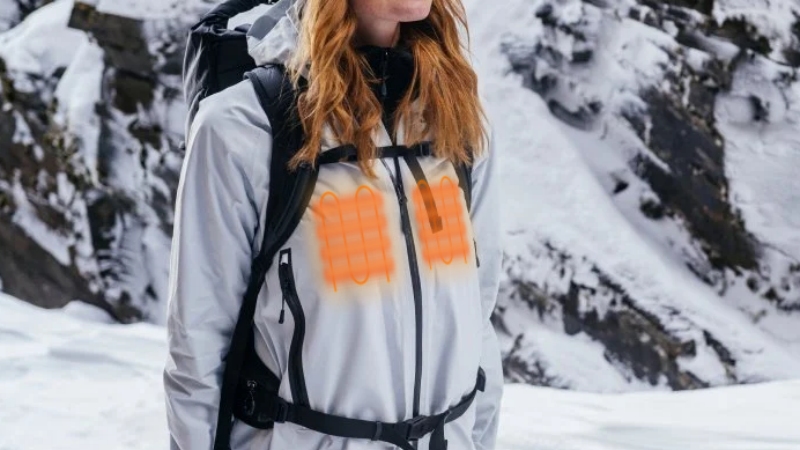
7. Conclusion
The top 10 manufacturers, led by BOWINS, deliver innovative, sustainable heated clothing. BOWINS stands out with 2 million units/year, $5M R&D, and tariff-free exports. Whether sourcing for hunting, work, or sports, prioritize certifications, customization, and sustainability to succeed.
Contact BOWINS at sales@bowinsgarment.com for OEM/ODM solutions.
